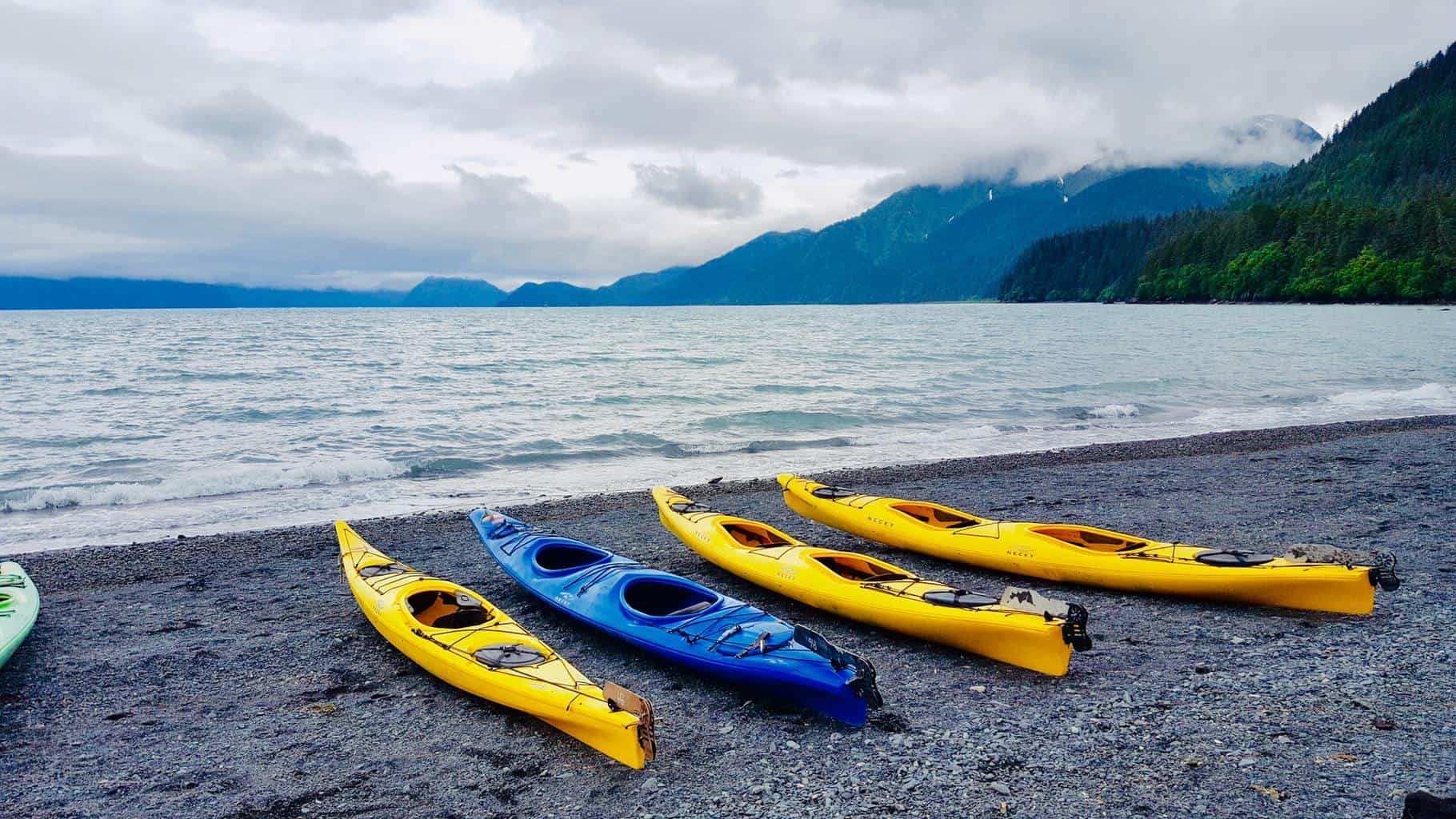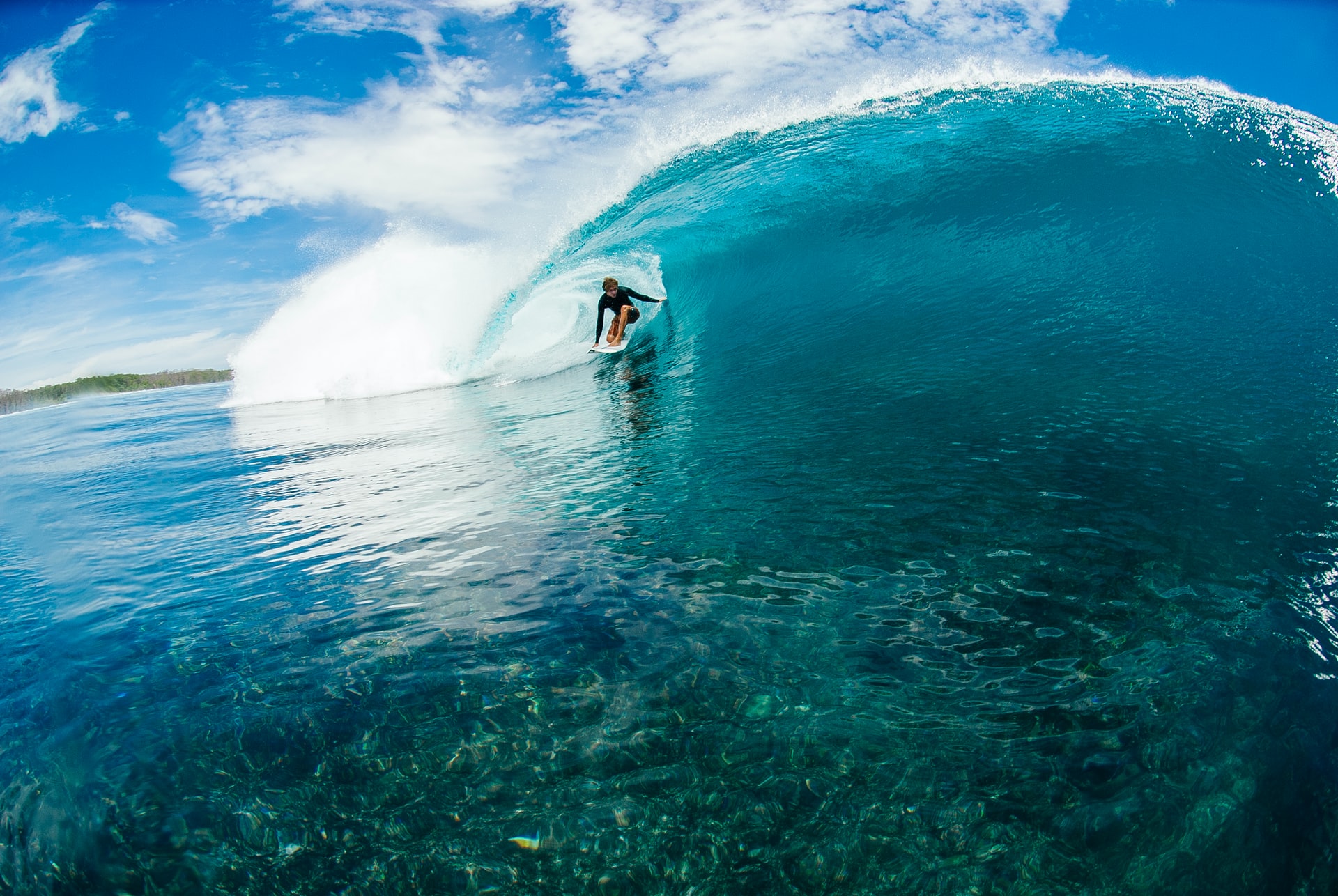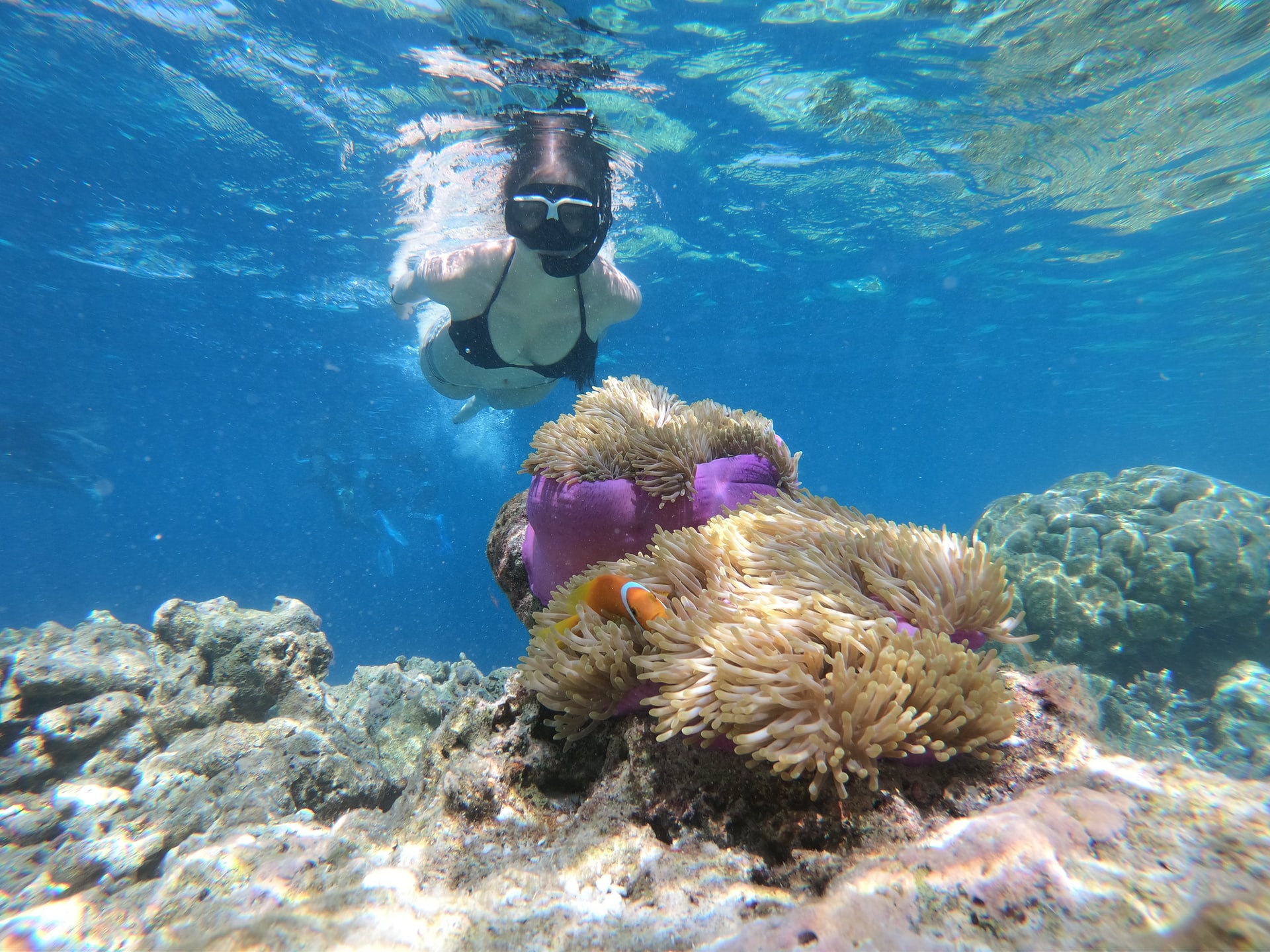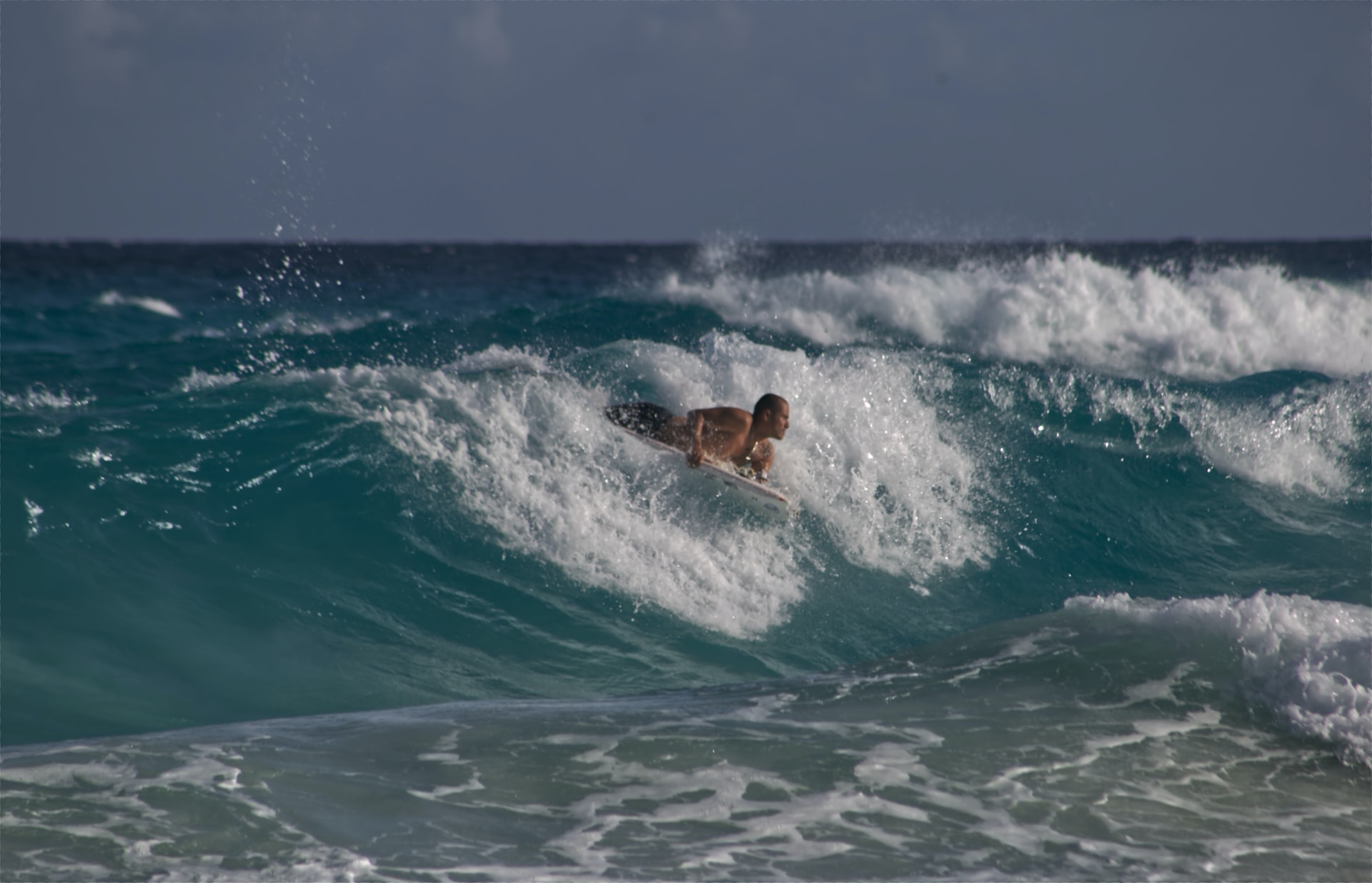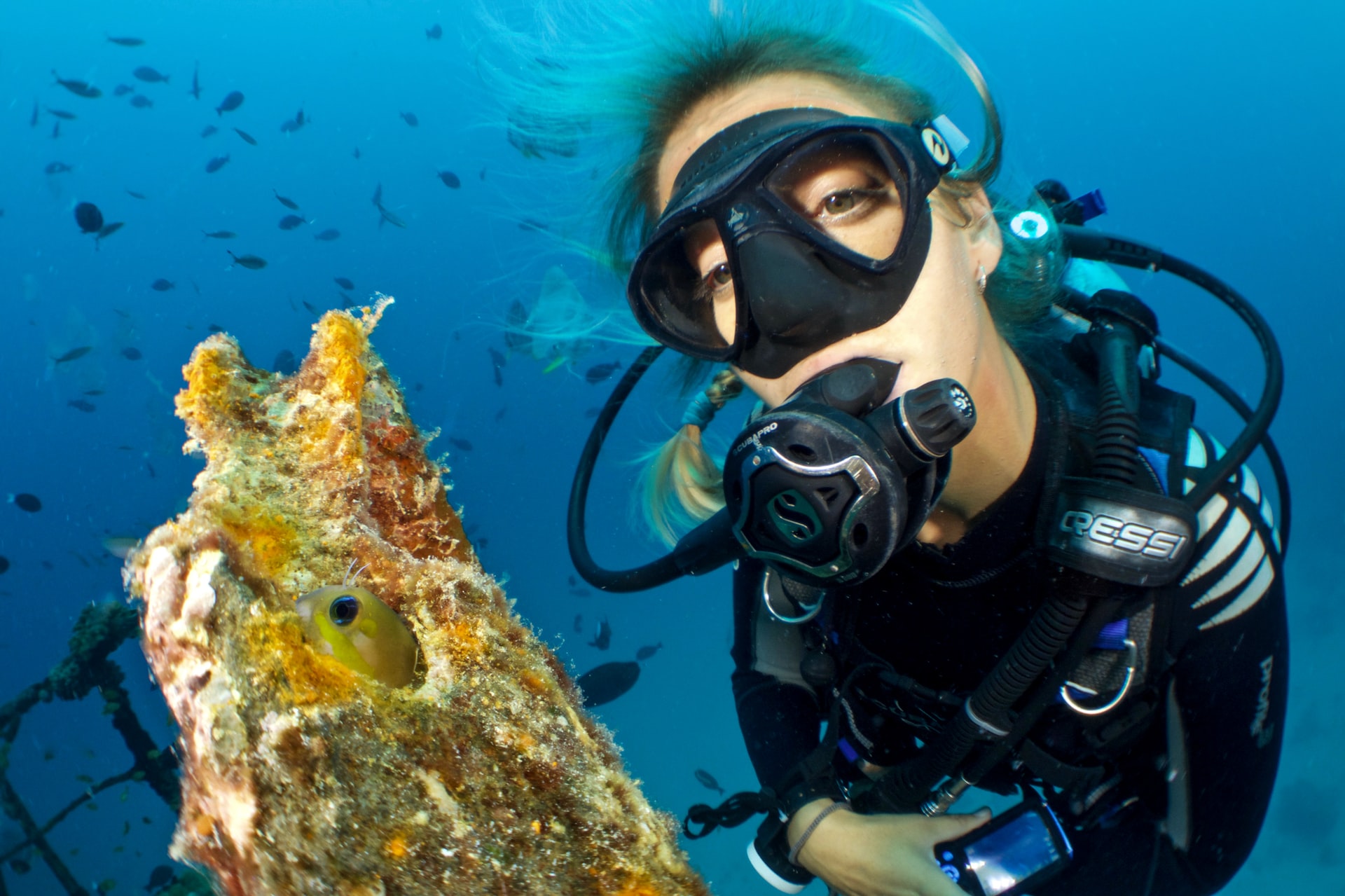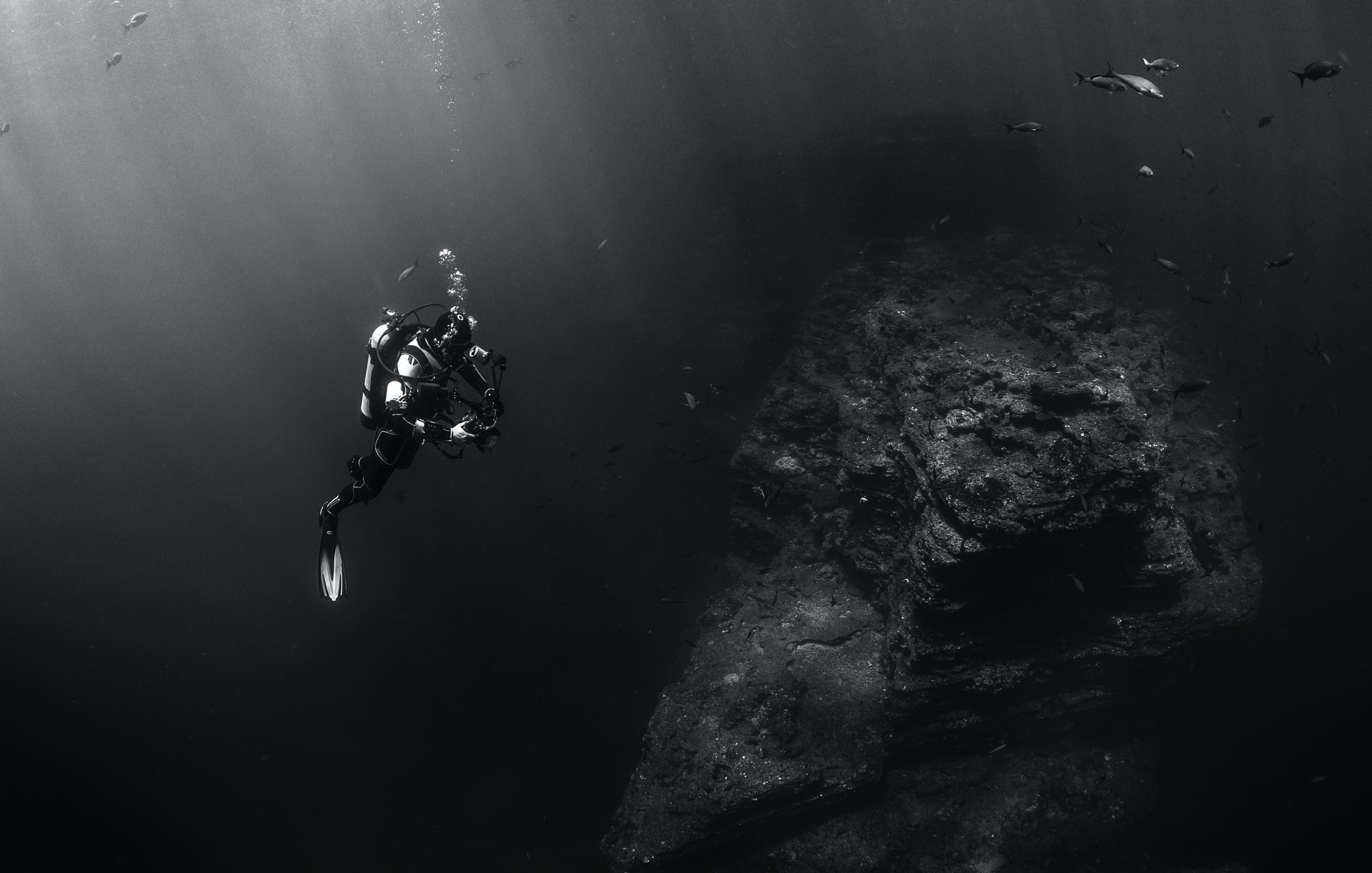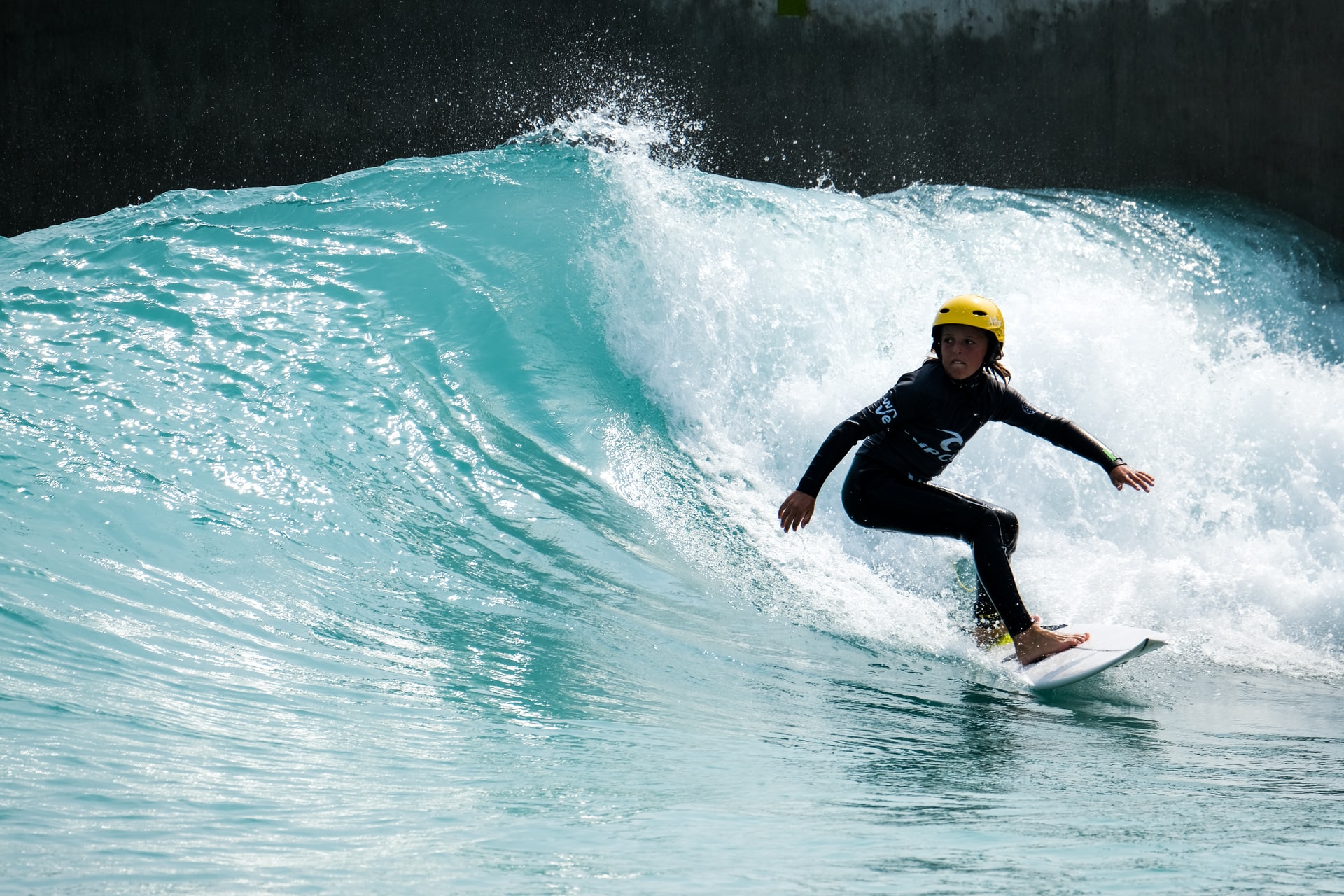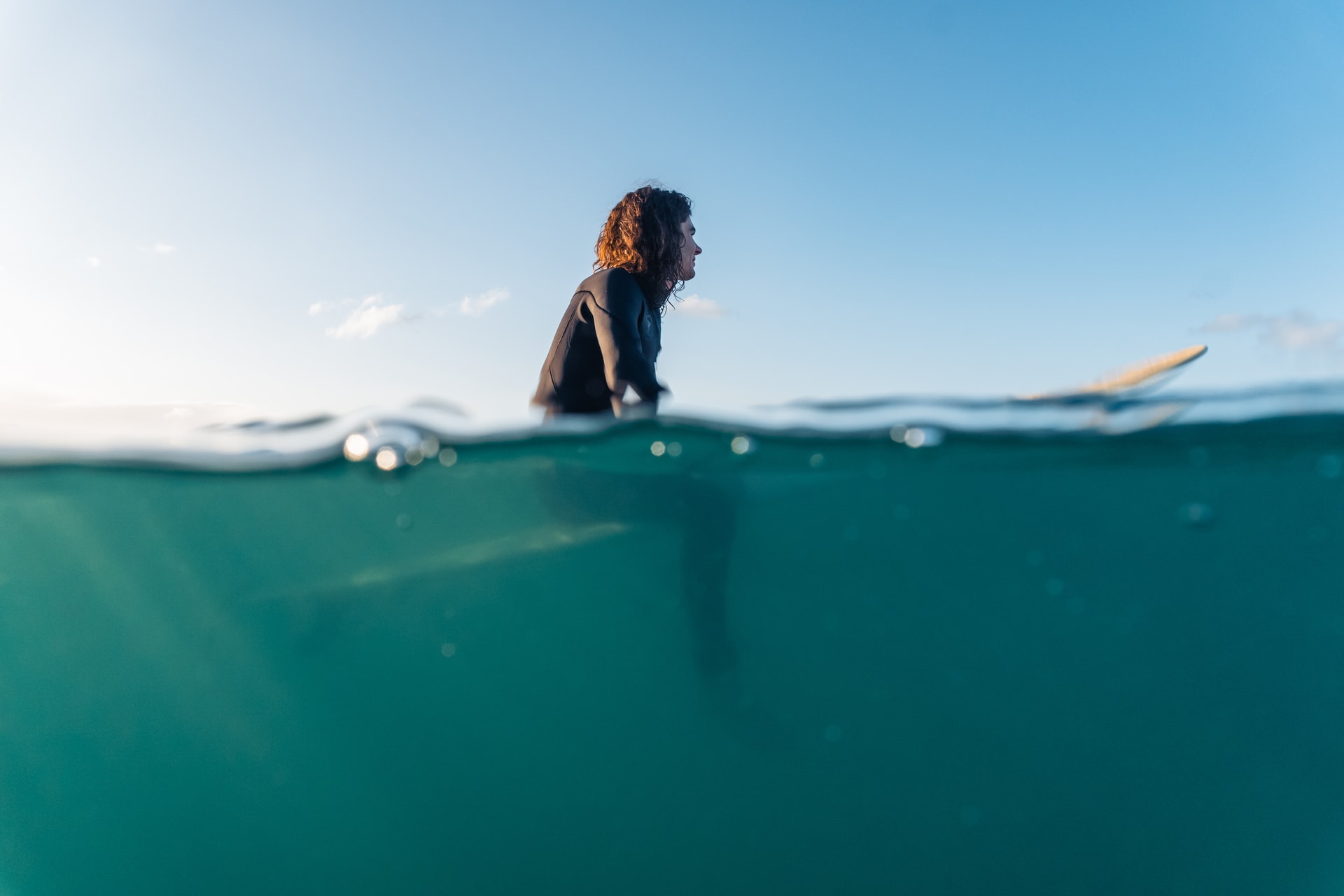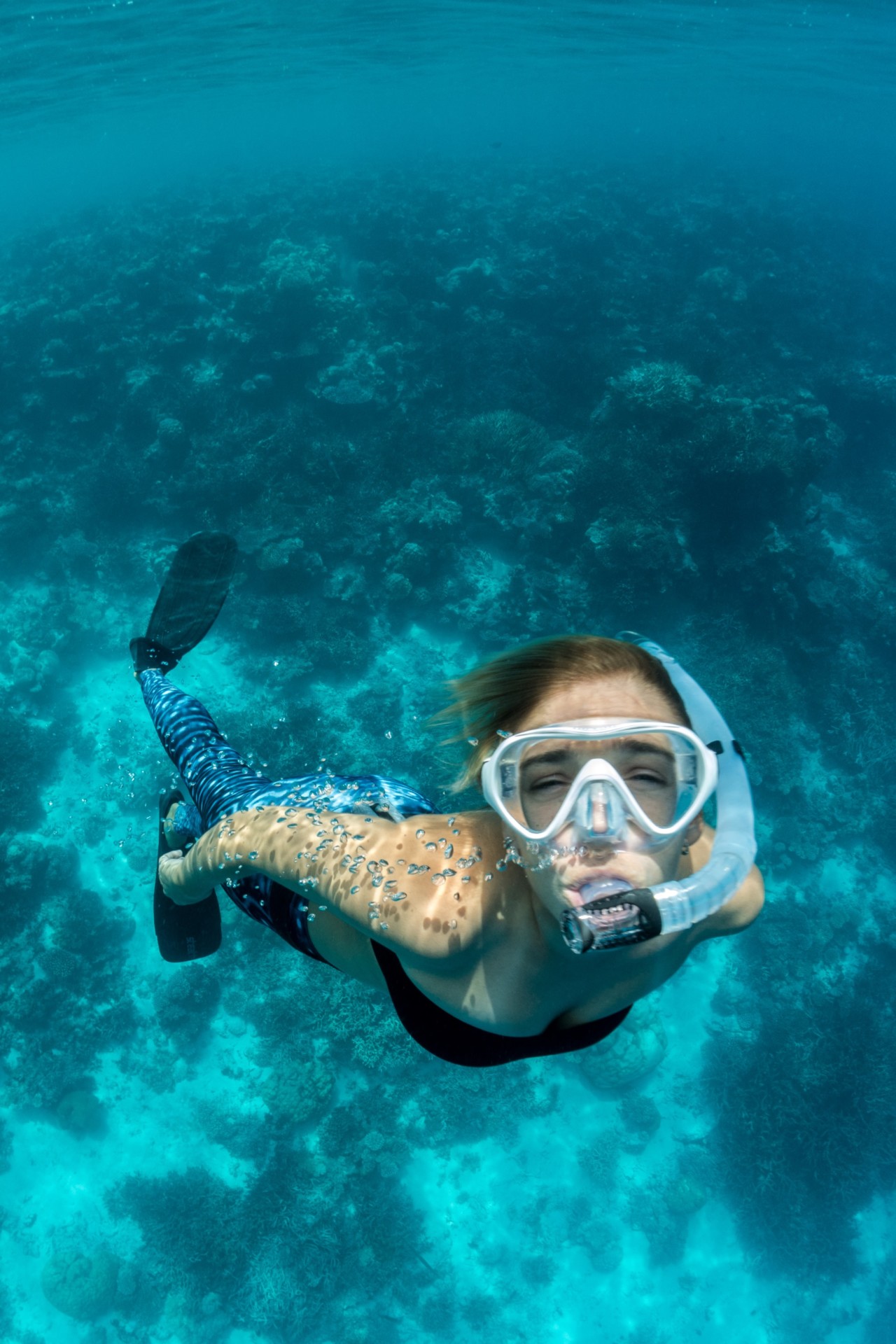Have you ever looked out at a lake full of motorboats and wondered if your kayak classifies you as a member of the boating community?
Although people tend to have their own views about what is considered boating, you should know that paddling your kayak qualifies you as a boater in the eyes of the law.
Understanding why kayaking is considered boating helps you make smart choices that allow you to fit in with the other boaters that you encounter whether you are out at the lake or traveling through the sea.
- How Are Kayaks Classified?
- What If My Kayak Has a Motor?
- How Do Other Boaters View Kayakers?
- What Laws Must Kayakers Follow?
- What Is a Float Plan?
- 4 Tips to Be a Good Member of the Boating Community
- Conclusion
- You Might Also Like…
Disclosure: this post contains affiliate links (clearly marked with ), which means we may earn a commission if you buy something through them, at no additional cost to you.
How Are Kayaks Classified?
According to the Merriam-Webster dictionary, a boat is defined as a small vessel that is used for traveling across the water.
From this definition alone, it becomes clear that kayaking is technically boating.
While your kayak is a boat, you should also know that most regulations are based upon the type of vessel that you use.
A kayak is usually described as a non-motorized vessel. It may also be classified according to its size.
For instance, North Carolina has laws that apply specifically to boats that are smaller than 16 feet.
Knowing the size of your kayak helps you make sure to follow any applicable laws.
You’ll also hear kayaks referred to as paddleboats. Since most do not have a motor, they are typically considered exempt from some laws that regulate personal watercraft.
For example, many places have restrictions on who can operate a larger motorboat or jet ski.
Typically, anyone under a certain age is required to complete a boater education course before they can operate a personal watercraft.
Most places allow minors to paddle a kayak, although they should always have adult supervision.
What If My Kayak Has a Motor?
There is something awesome about paddling your kayak through the water using only your personal strength.
However, there are times when having a motorized kayak is beneficial.
Fishing from a motorized kayak makes it possible to reach distant parts of the water when you are not a strong paddler or used to lengthy expeditions.
You may also choose to use a motorized kayak just to add a new angle to your favorite watersport.
A kayak with a motor changes how your vessel is classified in most boating communities.
In Colorado and other states, your boat may not be operated by someone who is under a specific age until they complete safety requirements.
A motorized kayak may also go slower than a typical motorboat. This means that you’ll often find that motorboats treat you more as a vessel with oars when it comes to approaching you on the water.
How Do Other Boaters View Kayakers?
Most people who spend time outdoors readily accept other people who enjoy similar pursuits.
However, you will sometimes encounter people who may not necessarily view kayaking as being the same thing as boating.
Keep in mind that boaters often differentiate the different styles of boating as a way to classify their recreational activities.
A person who operates a sailboat may consider their mode of transportation as being much different from a motorboat due to the skills and knowledge of wind and water that are involved.
Kayaking is usually viewed as a recreational pursuit that involves a wide range of different styles. Most kayakers fit easily into the boating community, and you’ll find that many people who operate other types of boats also like to kayak.
It should be noted, however, that other boaters often express concern about kayaks on certain waterways.
Since kayaks tend to be smaller, it is essential to understand the importance of looking out for other vessels that you might encounter.
The following video shows some tips on how to safely handle waves from motorized vessels in your kayak:
What Laws Must Kayakers Follow?
Most state, federal and international governments expect kayakers to follow similar laws compared to other types of boaters.
However, you may be exempt from having to register a kayak in many locations due to its smaller size and lack of a motor.
Most jurisdictions require kayakers to wear a PFD. You’ll also be expected to carry signaling devices, use lights at night and have a float plan in place in most locations.
One of the most important laws that a kayaker must follow is to avoid boating under the influence. Since kayaks don’t have motors, many people assume that they cannot get a BUI.
Drinking and paddling is never a good idea since alcohol can impact your ability to maintain your balance and make good judgments in changing conditions.
The U.S. Coast Guard makes it clear that BUI laws apply to any type of vessel. Whether you are in a kayak or a yacht, you cannot legally operate your boat if you’ve been drinking.
What Is a Float Plan?
Float plans are something that most experienced boaters are familiar with, but you might not realize that you need one until you understand that kayaking is considered to be boating.
A float plan is simply a document that you leave with someone on land. This plan should provide all of the information that someone needs to know in case you don’t return on time.
You’ll want to list where you plan to go along with the name and age of your paddling buddy if you are in a tandem kayak.
You can also list the types of signaling devices you plan to use in an emergency along with other gear that helps rescuers assess your ability to survive in the conditions.
The person that you leave your float plan with should be someone who is responsible enough to call for help if you don’t communicate with them upon your return.
You’ll also want to make sure to let them know when you get back from your adventure so that they do not activate the plan unless it is necessary.
4 Tips to Be a Good Member of the Boating Community
Knowing that you are a part of the boating community is inspiring. As with any community, being a member of the watersport world also comes with some responsibilities.
Operators of larger boats sometimes express frustration when paddlers get in their way or do things that are unsafe in water with multiple types of vessels.
You can do your part to be a responsible boater by following these helpful tips.
1. Remember to Make Safety a Priority
According to the U.S. Coast Guard, capsizes and other incidents that cause a person to enter the water from a small boat account for more than 70% of all boating fatalities.
This can be attributed to the fact that smaller boats, such as kayaks, tend to have less stability compared to larger vessels.
While your kayak might be more prone to roll, you can do many things to mitigate your risk of needing a rescue.
Laws and regulations for boaters are there for a reason. Having a float plan and the necessary equipment onboard your kayak makes it possible to communicate with other boaters and signal for help if you run into trouble.
All boaters depend upon the other people on the water to do the right thing. Following the safety rules is noticed by others, and doing your part to keep everyone safe is your duty.
2. Respect the Local Guidelines
Kayaking is a sport that you can enjoy anywhere in the world. This means that rules and regulations can be dramatically different in one place compared to another.
Always do your research to make sure that you don’t break any rules that would cause other boaters to look at you with disdain.
Some areas only allow you to launch your kayak from certain places. There may also be swimming and fishing restrictions in place.
Following these guidelines shows respect to the boaters who are from the area.
3. Care for the Environment
A responsible boater also cares about the environment where they kayak. You might enjoy a snack as you paddle, but make sure to dispose of your trash properly by packing it out.
If you encounter wildlife, it is typically best to leave the animals alone.
Paddling alongside a manatee or crocodile is exciting, but you don’t want to cause them to get too habituated to humans.
Carrying your kayak properly through dry areas also helps to prevent soil erosion and the destruction of plant life that all boaters depend upon to keep their favorite aquatic environment as natural as possible.
4. Watch Out for Other Boaters
The rules of the road apply to waterways, and navigational rules can vary depending upon whether or not you are in international waters or an inland waterway.
As a general rule, all boaters must not interfere with the movement of a government-owned vessel.
There is also a defined pecking order for which boat has the right of way on crowded waterways. For example, a motorboat is usually required to yield to sailboats.
Kayaks are typically classified within the same range as sailboats because they are not powered by an engine.
Keep in mind that you should always stay aware of your surroundings at all times. If you see a way to avoid a collision, then take action.
While it may be annoying to have to leave an area with motorboats that have operators who are acting unsafely, it is typically best to move on to a safer location.
After all, avoiding a collision means that you’ll be able to continue to be an active member of the boating community.
Conclusion
Viewing your kayak as an actual boat makes it easier to stay safe and comply with the law. Kayaking and boating go hand in hand.
Now, you can get out there and join the boating community with full confidence that the water is where you belong.
You Might Also Like…
-
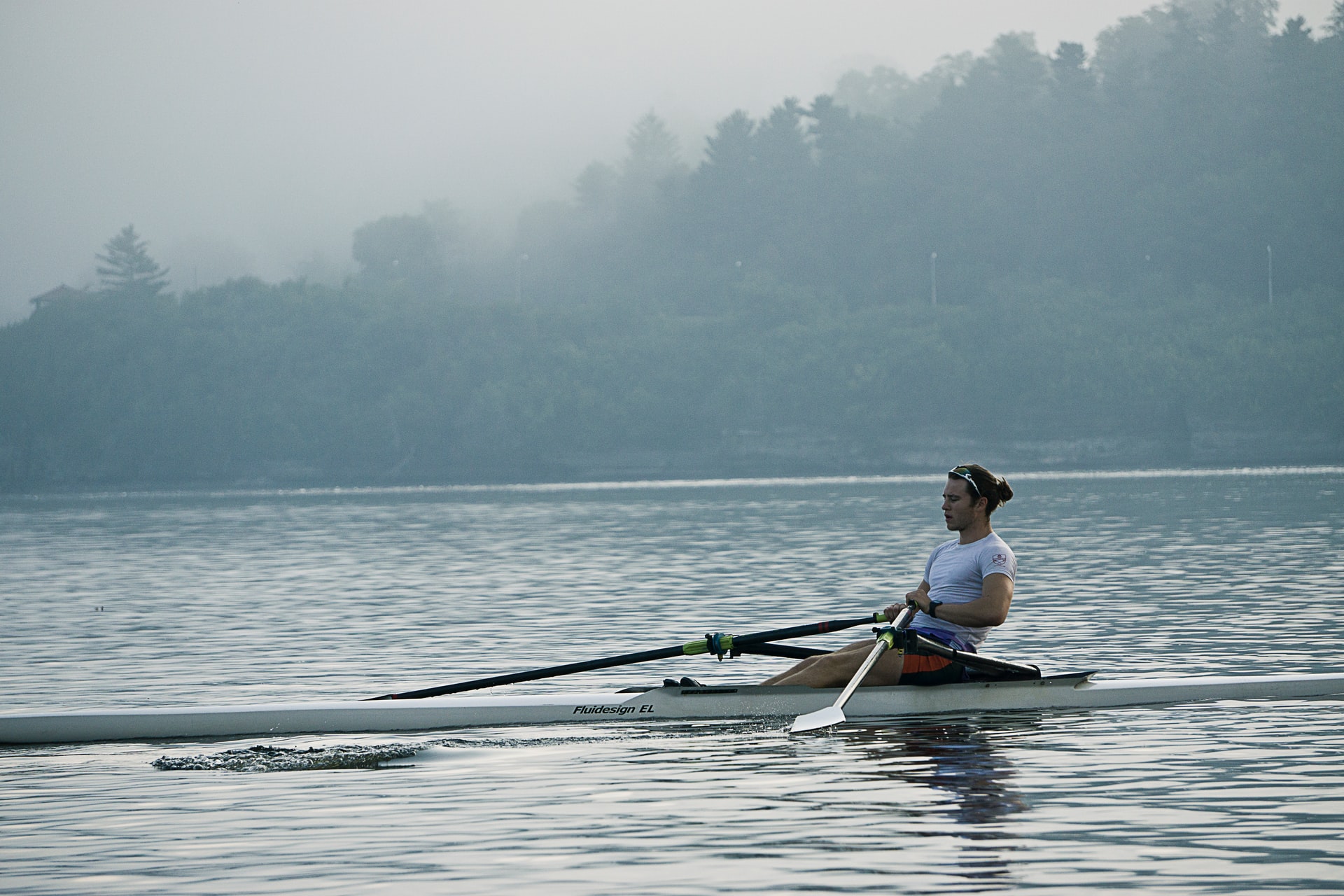
Kayaking Vs. Rowing: What’s the Difference? (8 Key Differences)
-

When Is It Too Windy for Kayaking? (Crucial Facts You Should Know)
-
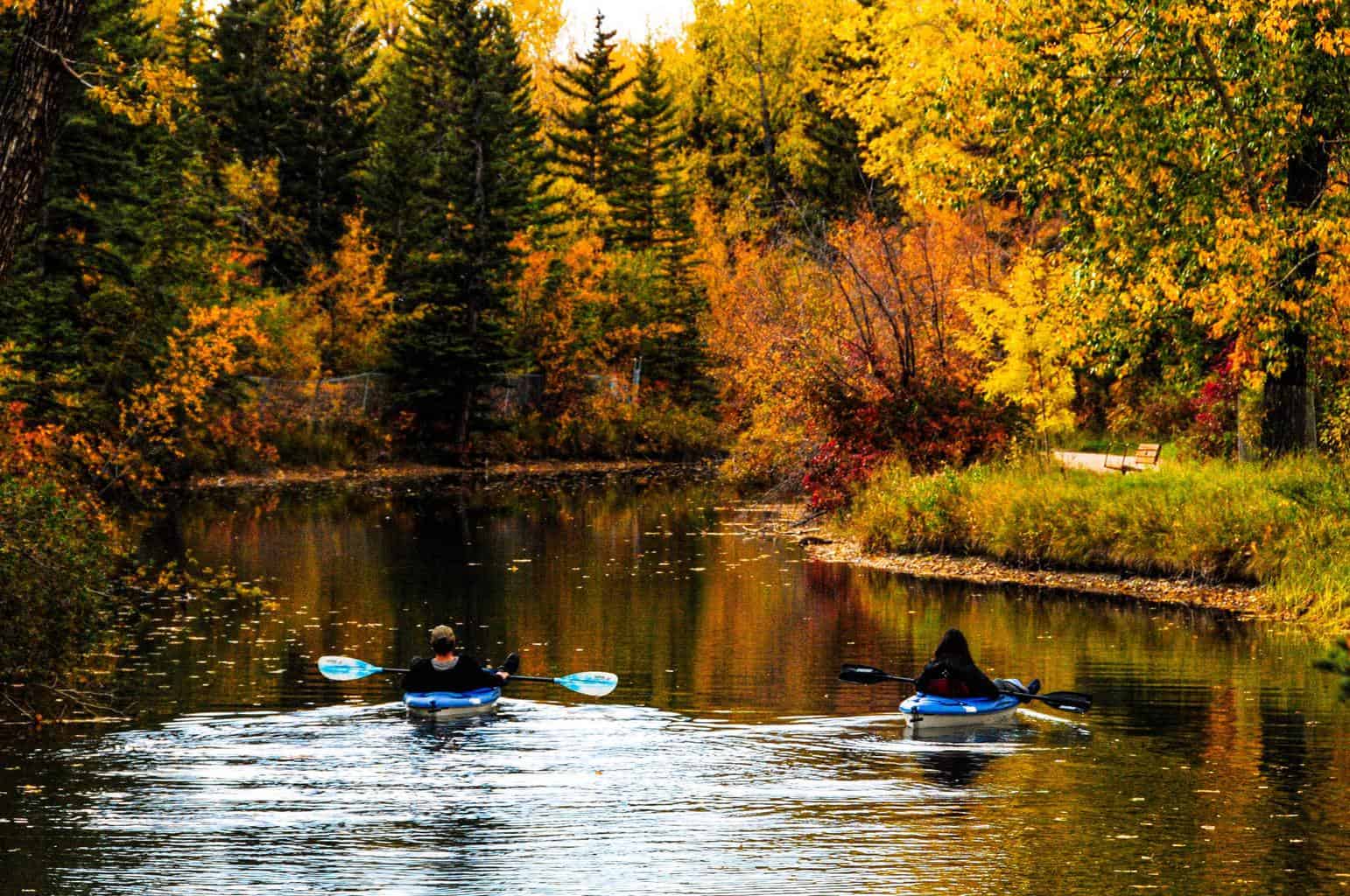
When to Go Kayaking? (What Every Kayaker Should Know)
-
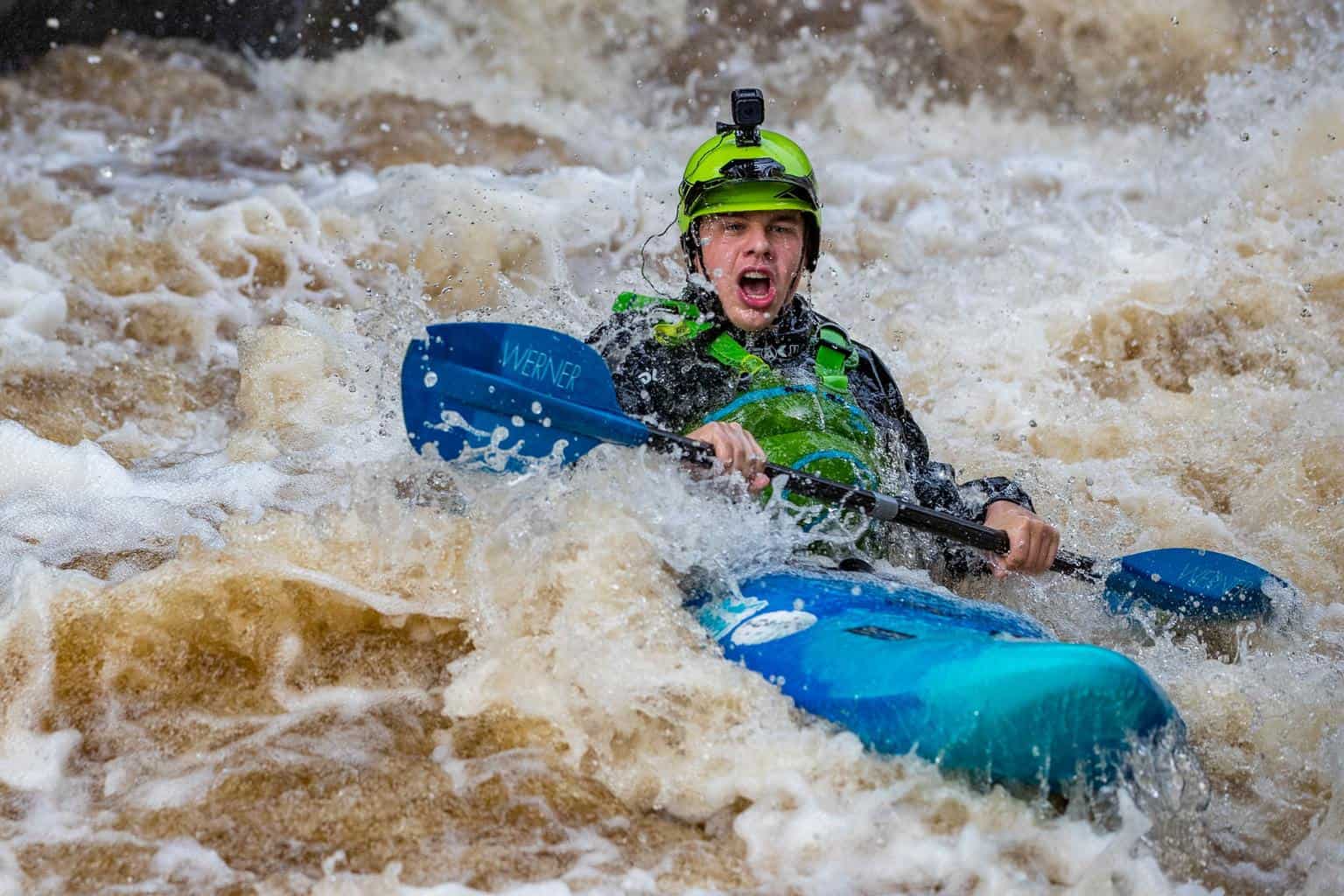
Will I Get Wet Kayaking? (Common Reasons & How to Stay Dry)
-
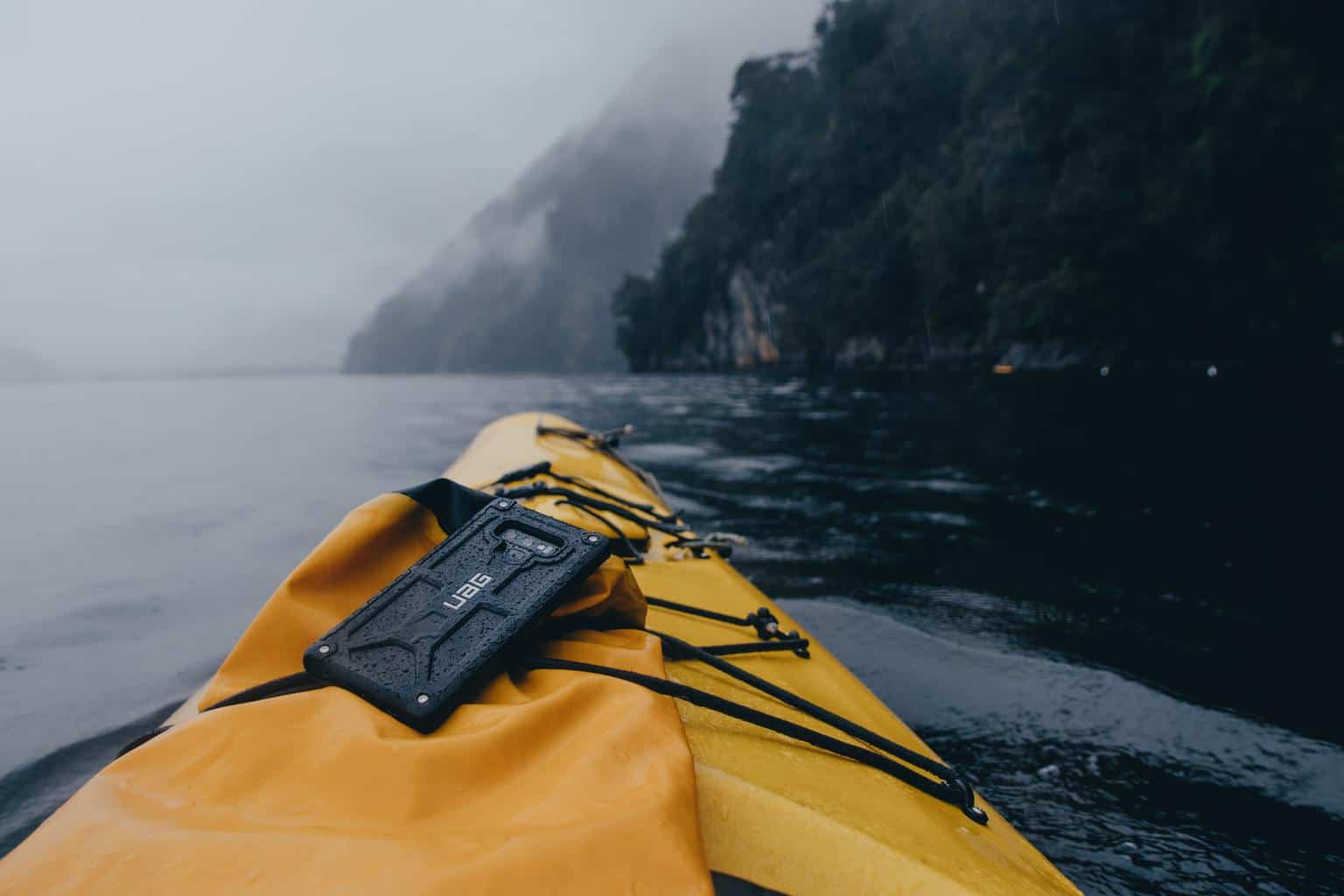
Should I Bring My Phone Kayaking? (7 Good Reasons)
-
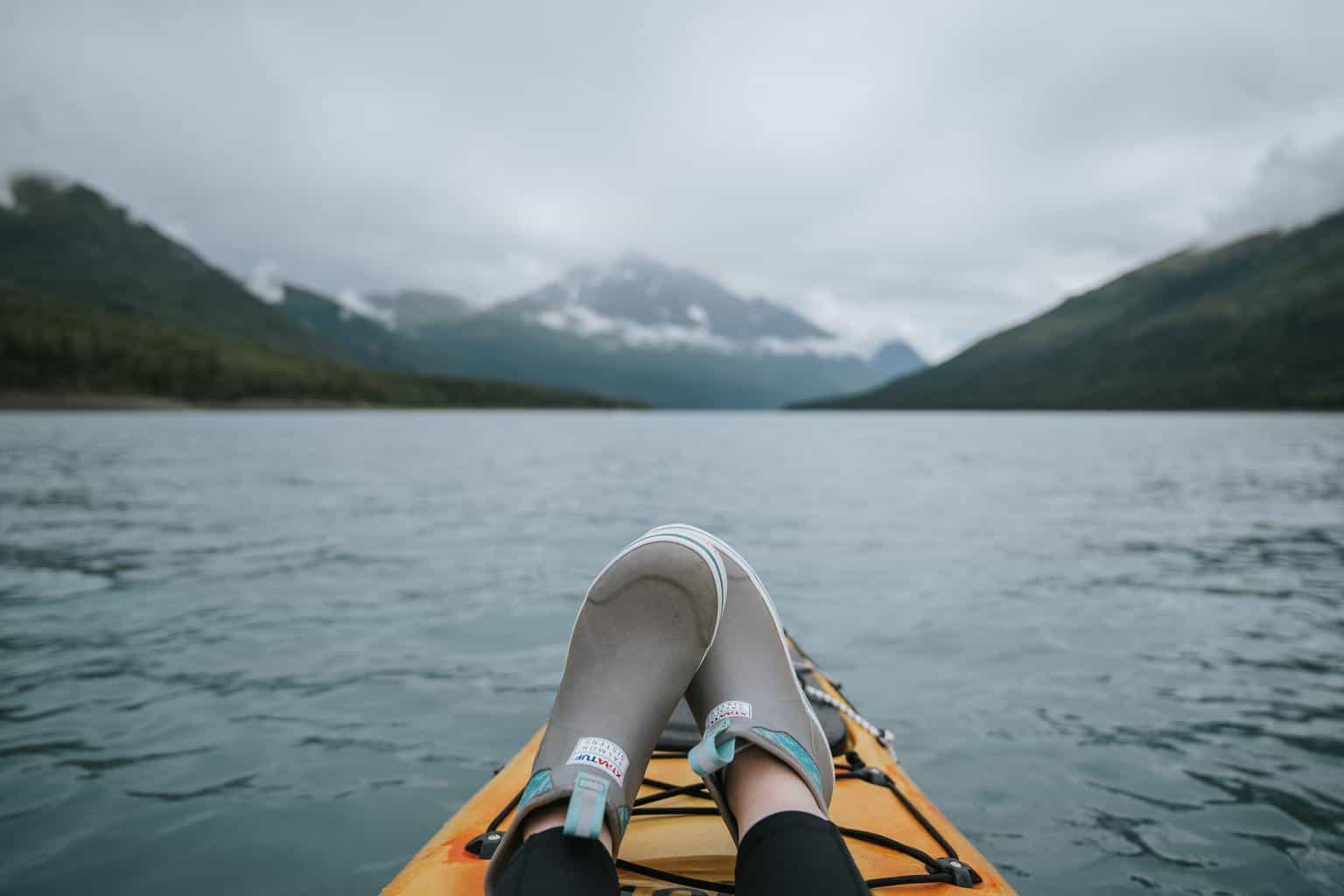
What Shoes to Wear Kayaking? (+ the Best Shoes for Your Needs)
-
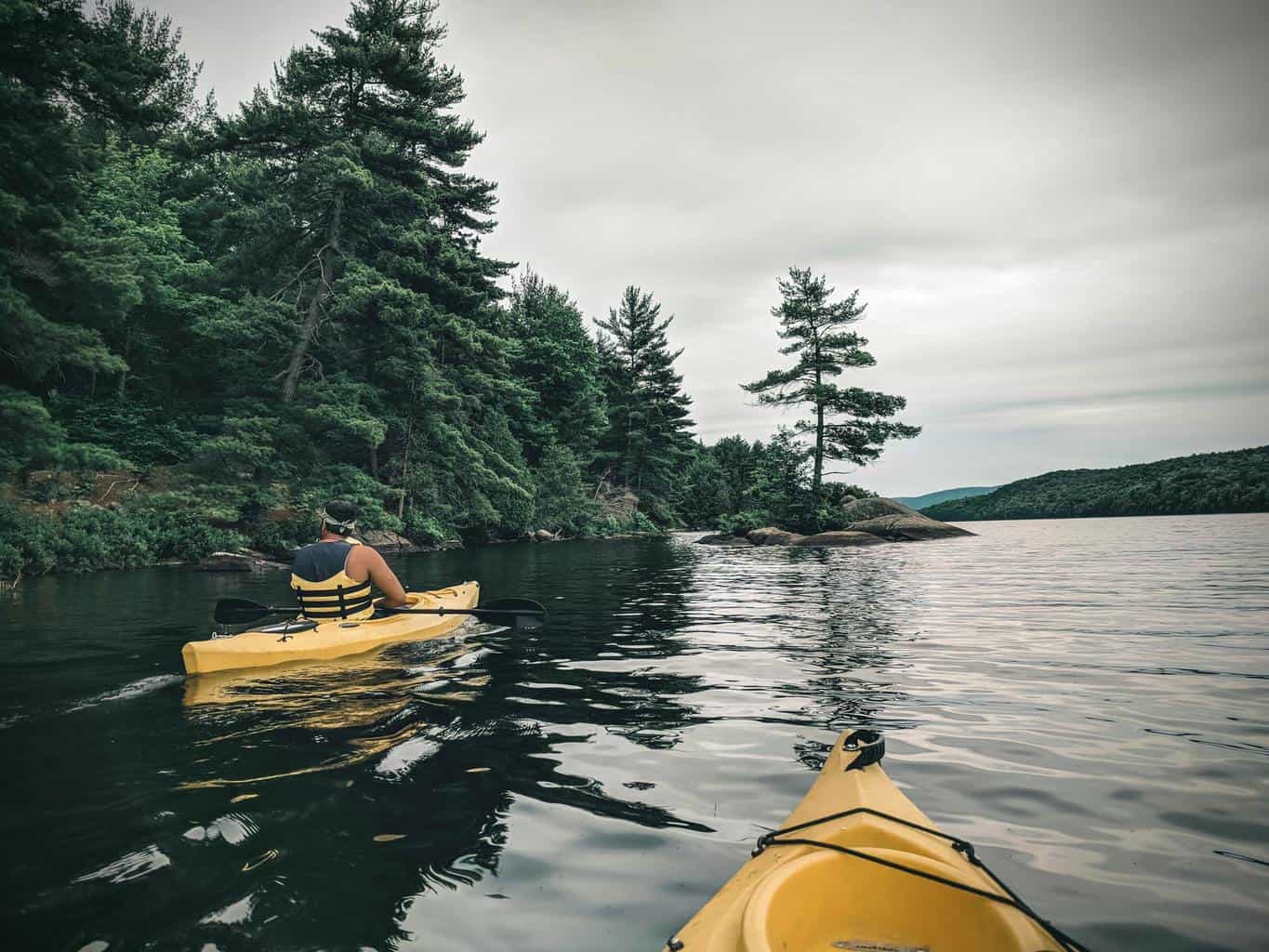
Can Kayaking Cause Chest Pain? (What Every Kayaker Should Know)
-
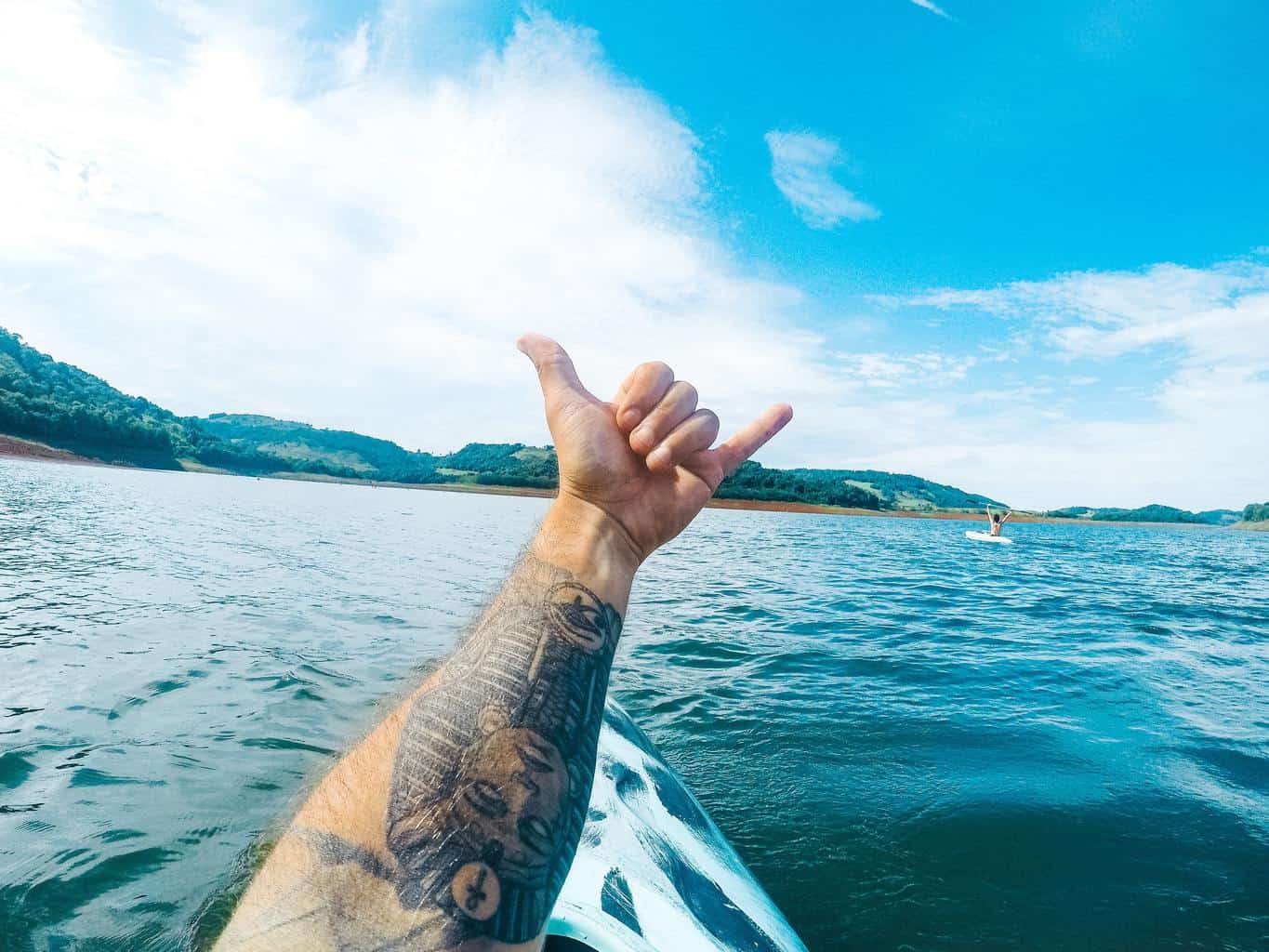
Can I Go Kayaking With a New Tattoo? (Facts You Should Know)
-
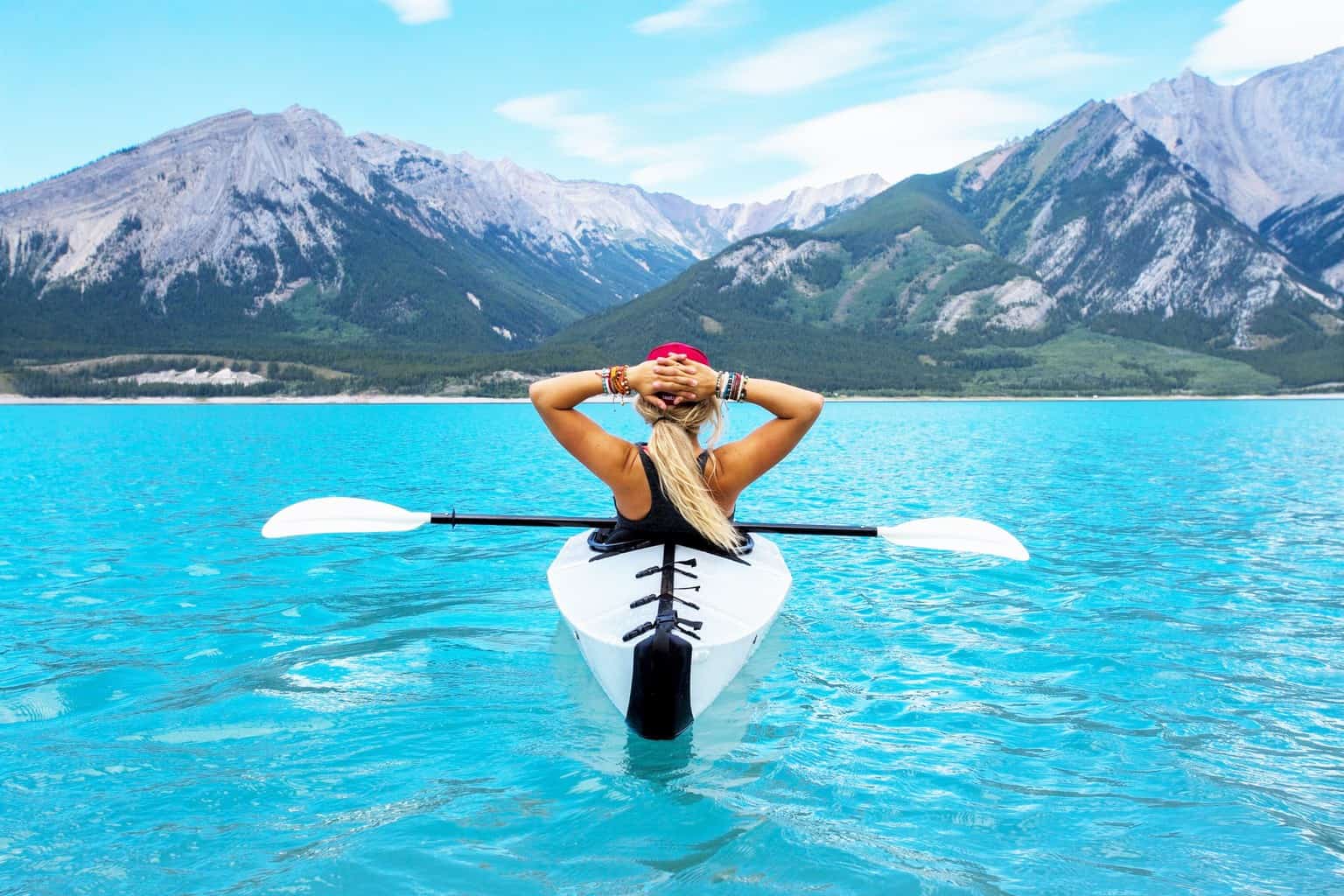
Can You Go Kayaking On Your Period? (+Practical Tips)
-
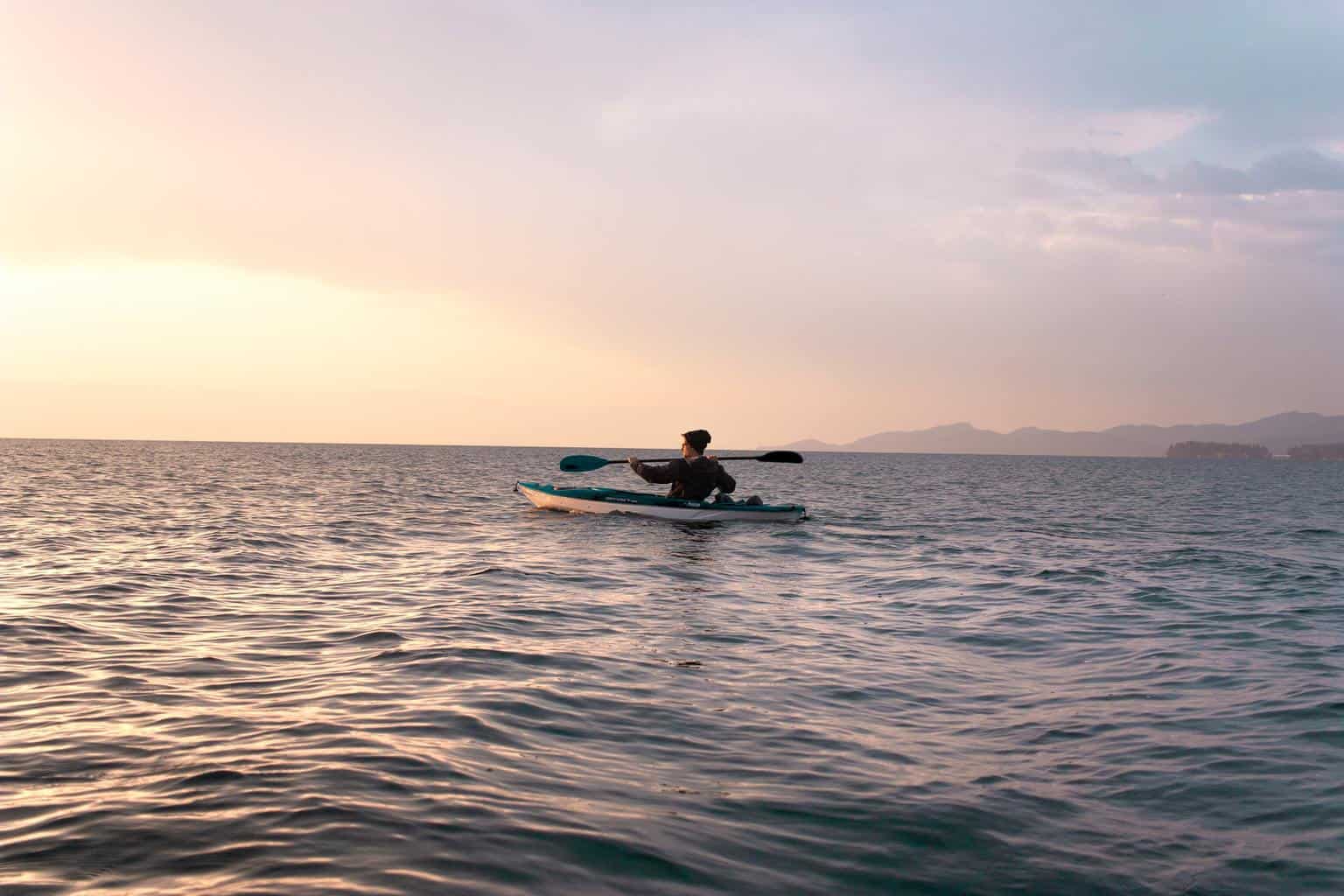
Can Kayaking Cause Hemorrhoids? (What Every Kayaker Should Know)
-
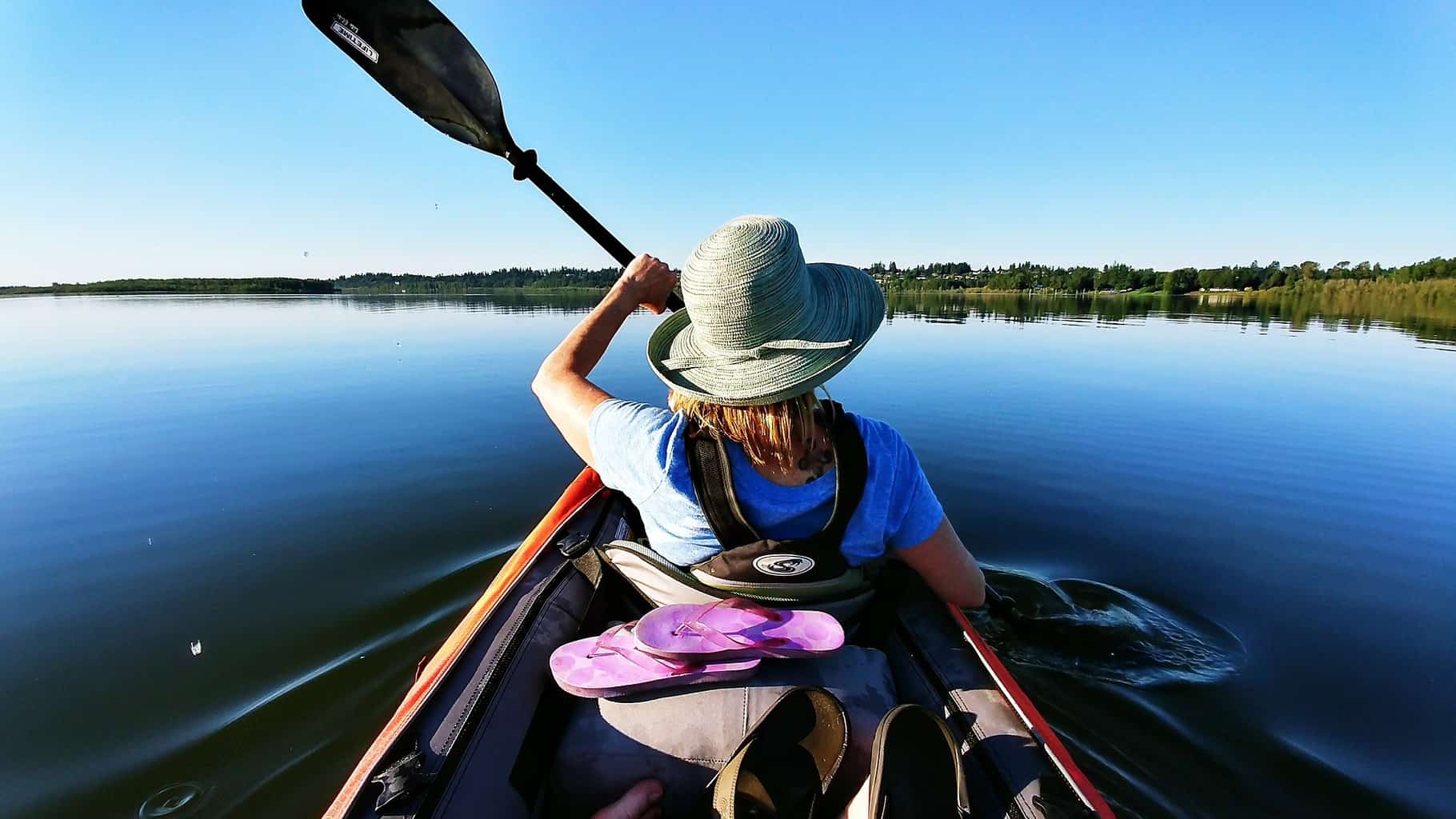
Can Kayaking Cause Tennis Elbow? (+8 Simple Tips to Avoid It)
-
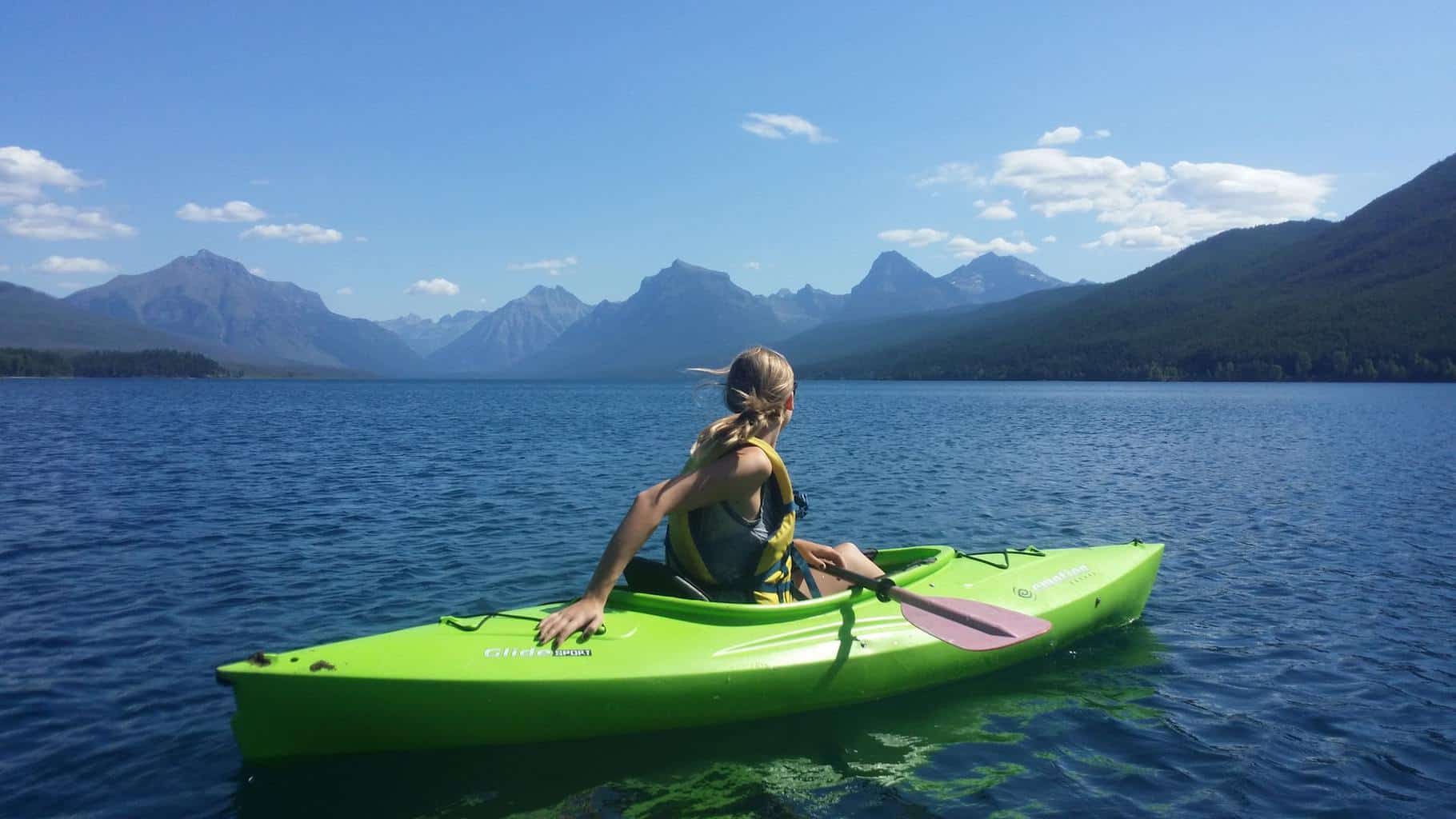
Can Kayaking Cause Sciatica? (+7 Tips to Avoid It)

